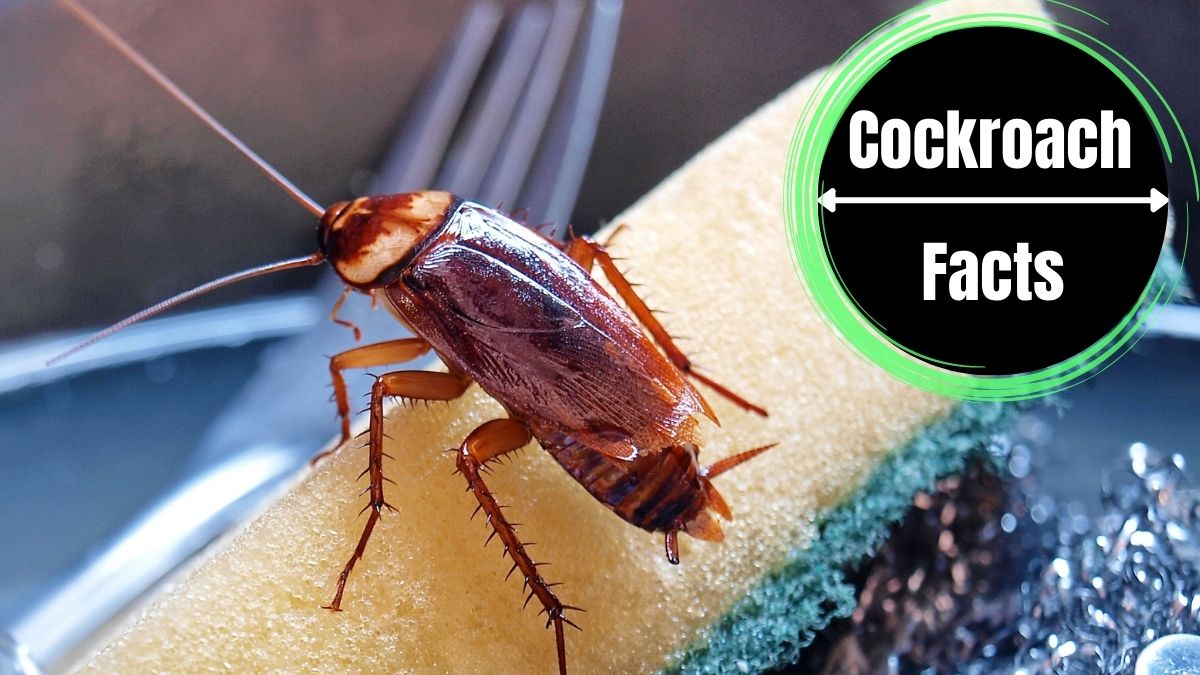The sight of a single cockroach scurrying across your living space can be unnerving and raise concerns about a potential infestation. While encountering a lone cockroach doesn’t necessarily indicate a severe problem, it’s important to address the situation promptly to prevent any further issues. This comprehensive guide aims to provide you with the necessary information and steps to take when you spot a single cockroach in your home.
Understanding Cockroach Behavior
Cockroaches are nocturnal insects that prefer dark and warm environments, making your home an ideal habitat. They are excellent at hiding and can easily squeeze through small cracks and crevices. Even if you only see one cockroach, it’s crucial to recognize that there could be more hiding nearby or even within the walls of your property.
Reasons for Concern
While a single cockroach sighting may not necessarily mean you have an infestation, it should still be taken seriously. Here are a few reasons why you should be concerned:
Indication of an underlying issue
A lone cockroach could be a sign of a larger problem, such as an infestation in a nearby area or hidden nesting sites within your home.
Rapid reproduction
Cockroaches are prolific breeders, and a single cockroach can quickly multiply, leading to a full-blown infestation if not addressed promptly.
Health risks
Cockroaches can carry bacteria, pathogens, and allergens that may trigger asthma and allergies, posing health risks to you and your family.
Immediate Steps to Take
If you spot a single cockroach, follow these steps to address the situation effectively:
Inspection
Conduct a thorough inspection of your property, paying attention to areas where cockroaches are likely to hide, such as the kitchen, bathroom, and dark corners. Look for signs of droppings, egg cases (oothecae), or any other indicators of cockroach activity.
Seal entry points
Seal off potential entry points by filling cracks, gaps, and crevices with caulk or other suitable sealants. This helps prevent additional cockroaches from entering your home.
Cleanliness and sanitation
Maintain a clean and hygienic environment by regularly cleaning your home, particularly areas prone to moisture and food debris. Clean up spills promptly, store food in airtight containers, and dispose of garbage regularly.
Eliminate food and water sources
Cockroaches are attracted to food and water, so keep your kitchen tidy, fix any leaks, and ensure proper drainage to eliminate potential water sources.
Monitor and trap
Set up cockroach traps or sticky traps in strategic locations to monitor any further cockroach activity. This can help identify the extent of the infestation, if any, and guide your next steps.
Seeking Professional Help
If you notice continued cockroach activity or suspect an infestation, it is advisable to seek professional pest control assistance. Pest control professionals have the expertise, tools, and effective treatments to eradicate cockroaches and implement preventive measures.
Preventive Measures
To minimize the likelihood of future cockroach encounters, consider implementing the following preventive measures:
Regular inspections
Conduct routine inspections to identify and address any potential entry points or areas of concern promptly.
Proper ventilation
Ensure proper ventilation in your home, as cockroaches thrive in warm and humid conditions.
Regular pest control maintenance
Consider periodic pest control treatments to create a barrier against potential cockroach infestations.
Conclusion
While the presence of a single cockroach may not necessarily indicate a severe infestation, it is crucial to address the situation promptly to prevent further issues. By following the steps outlined in this guide, including thorough inspection, cleanliness, sealing entry points, and seeking professional help if necessary, you can effectively manage and prevent cockroach problems in your home. Remember, taking proactive measures is essential to maintain a clean, healthy, and pest-free living environment for you and your family.

